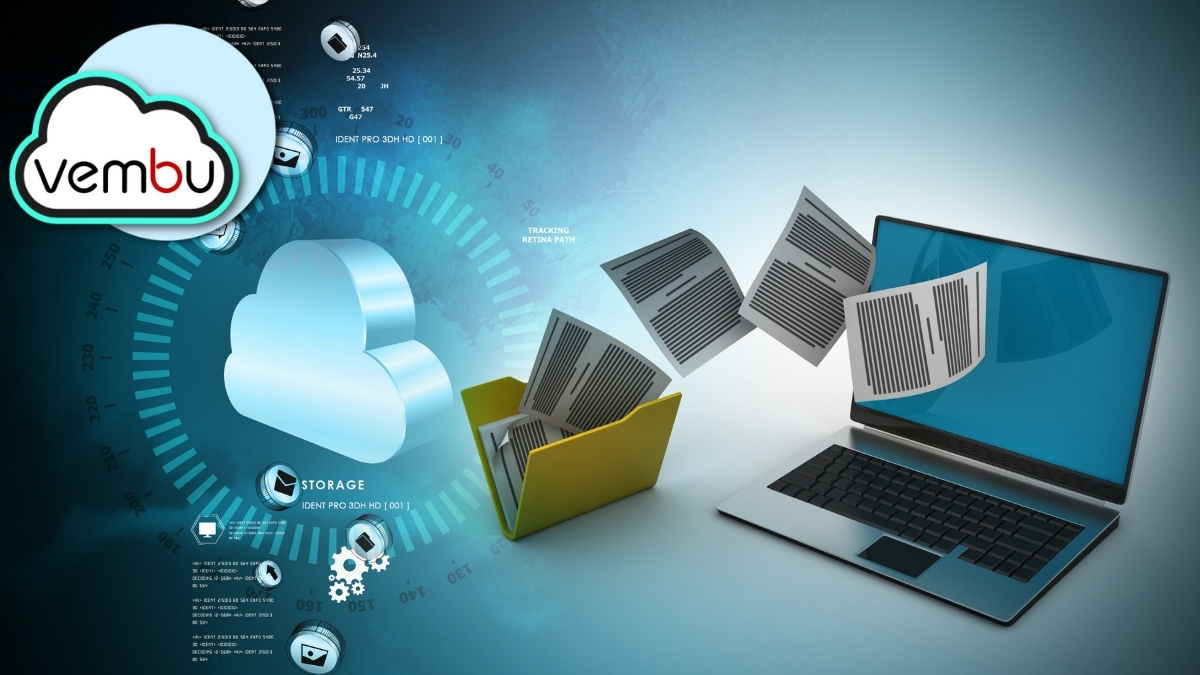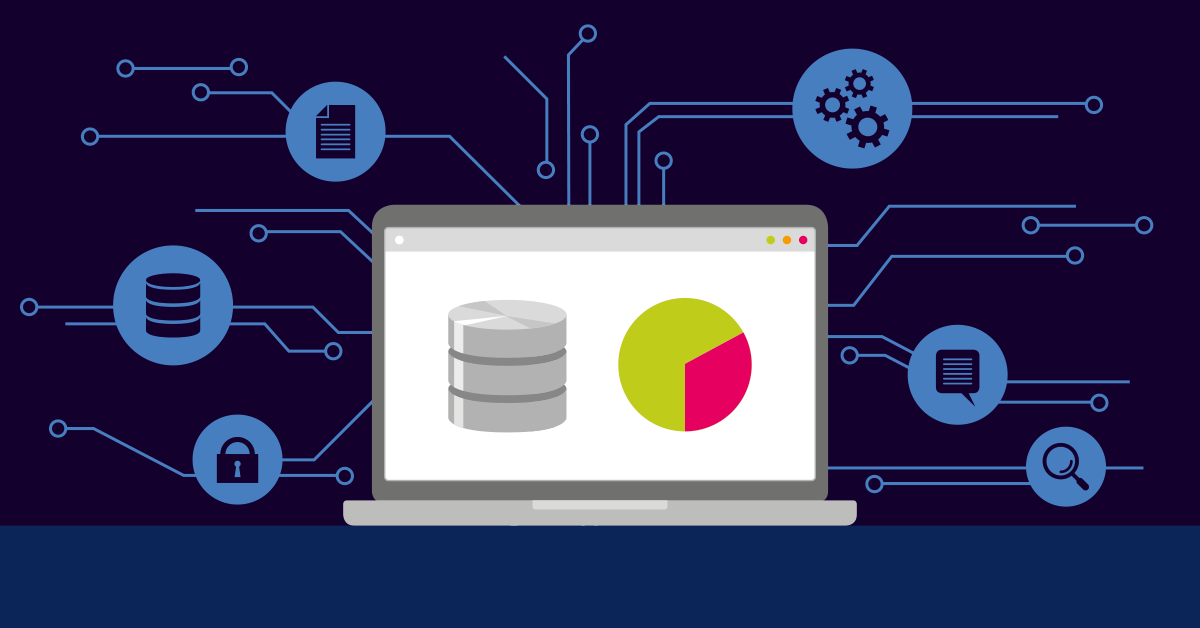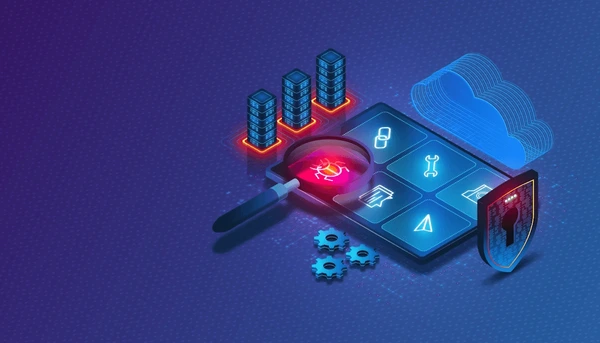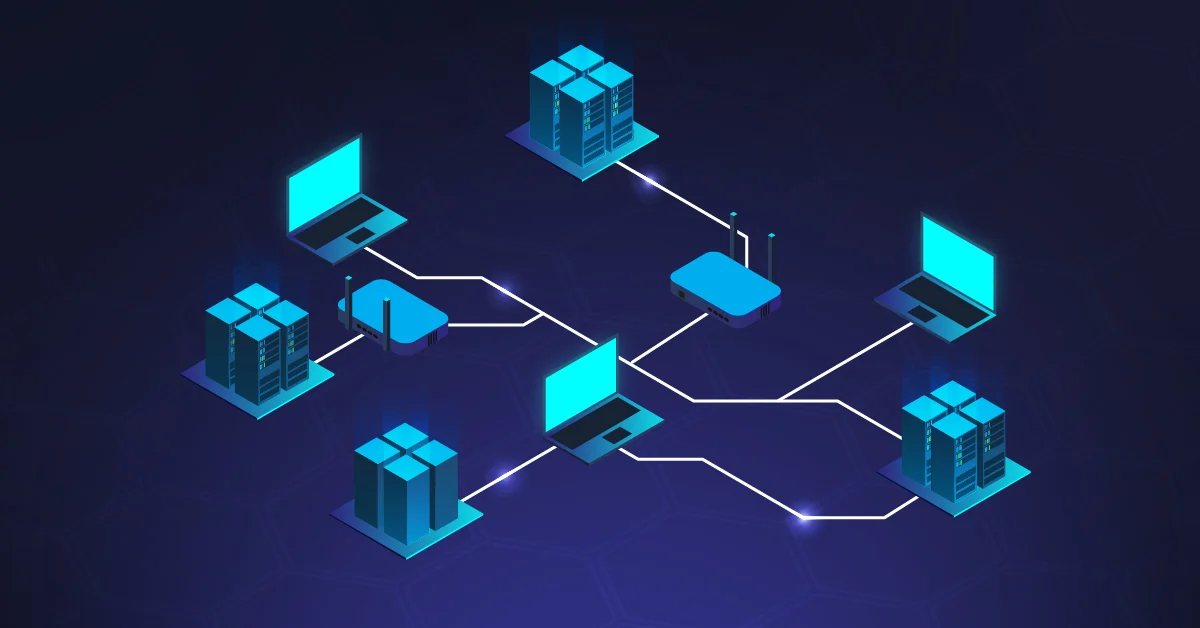The Future of Data Protection

Introduction
In today’s digital economy, data has become the lifeblood of every organization. From small businesses to large enterprises, disruptions caused by cyberattacks, human error, or natural disasters can render mission-critical systems inaccessible in seconds.
This is where Backup & Disaster Recovery (BDR) solutions play a crucial role—ensuring data resilience, business continuity, and peace of mind.
In this article, we will:
Examine the global BDR market landscape and emerging trends,
Explore the challenges organizations face,
And highlight how Vembu BDR addresses these needs with a strategic and cost-effective approach.
1. Market Dynamics & Trends
1.1 Market Growth
The Disaster Recovery solutions market was valued at USD 9.59 billion in 2023 and is projected to reach USD 81.15 billion by 2030【source】.
The Data Protection & Recovery solutions segment alone is expected to grow from USD 9.15 billion in 2025 to USD 35.44 billion by 2034, with a CAGR of 16.24%【source】.
Disaster Recovery-as-a-Service (DRaaS) is one of the fastest-growing segments, projected to reach USD 74.34 billion by 2030【source】.
These figures underline a simple fact: investment in data resilience is accelerating.
1.2 Key Trends
Convergence of Backup & Cybersecurity: Backups must now integrate with ransomware detection and prevention mechanisms.
Hybrid & Multi-Cloud Resilience: Enterprises increasingly require unified solutions for on-premises, cloud, and SaaS environments.
Immutable Backups: Ensuring backups cannot be altered or encrypted by attackers is becoming a gold standard.
Real-Time Recovery: Tighter RTO/RPO objectives demand instant restore and high availability.
Automation & AI-Driven Anomaly Detection: From automated backup policies to intelligent anomaly detection, AI is reshaping recovery.
Regulatory Pressure: Compliance frameworks such as GDPR, ISO 27001, and local regulations (e.g., KVKK, PCI-DSS) drive adoption.
2. Challenges Facing BDR
Despite rapid growth, enterprises still face major obstacles:
Exploding Data Volumes: Big data, IoT, and multimedia drive exponential storage demands.
Backup Security: Backups themselves can be targeted by ransomware.
Downtime Costs: Recovery delays translate directly into financial and reputational loss.
Complex Environments: Physical, virtual, cloud, and SaaS platforms require unified orchestration.
Cost vs. ROI: Enterprise-grade solutions can be cost-prohibitive for SMBs.
Testing & Validation Gaps: Many organizations still fail to test backups regularly.
3. Vembu BDR: Strategic & Technical Positioning
3.1 Key Capabilities
Comprehensive Coverage: VMware, Hyper-V, physical servers, cloud (AWS, Azure), and SaaS (Microsoft 365, Google Workspace).
Immutable Backups: Safeguards against ransomware by ensuring backups cannot be altered.
Centralized Management: Single console for monitoring and orchestration.
Flexible Deployment: On-prem, cloud, or hybrid storage options.
Cost-Effective Licensing: Attractive for SMBs and Managed Service Providers (MSPs).
Proven User Satisfaction: High ratings on platforms such as G2 for affordability and reliability.
3.2 Strengths
Alignment with emerging BDR trends (immutable backups, ransomware protection).
Unified coverage across heterogeneous environments.
Strong cost-to-value ratio, enabling adoption by small and mid-sized businesses.
Scalability for MSPs and growing enterprises.
Conclusion
Backup & Disaster Recovery has evolved far beyond traditional backup strategies. In a world of ransomware, hybrid cloud complexity, and tightening compliance, BDR is no longer optional—it is a strategic mandate.
Vembu BDR delivers a balanced, cost-effective, and resilient solution that meets the needs of modern IT environments. By combining affordability with enterprise-grade capabilities, it positions itself as a serious contender in the growing global BDR landscape.





